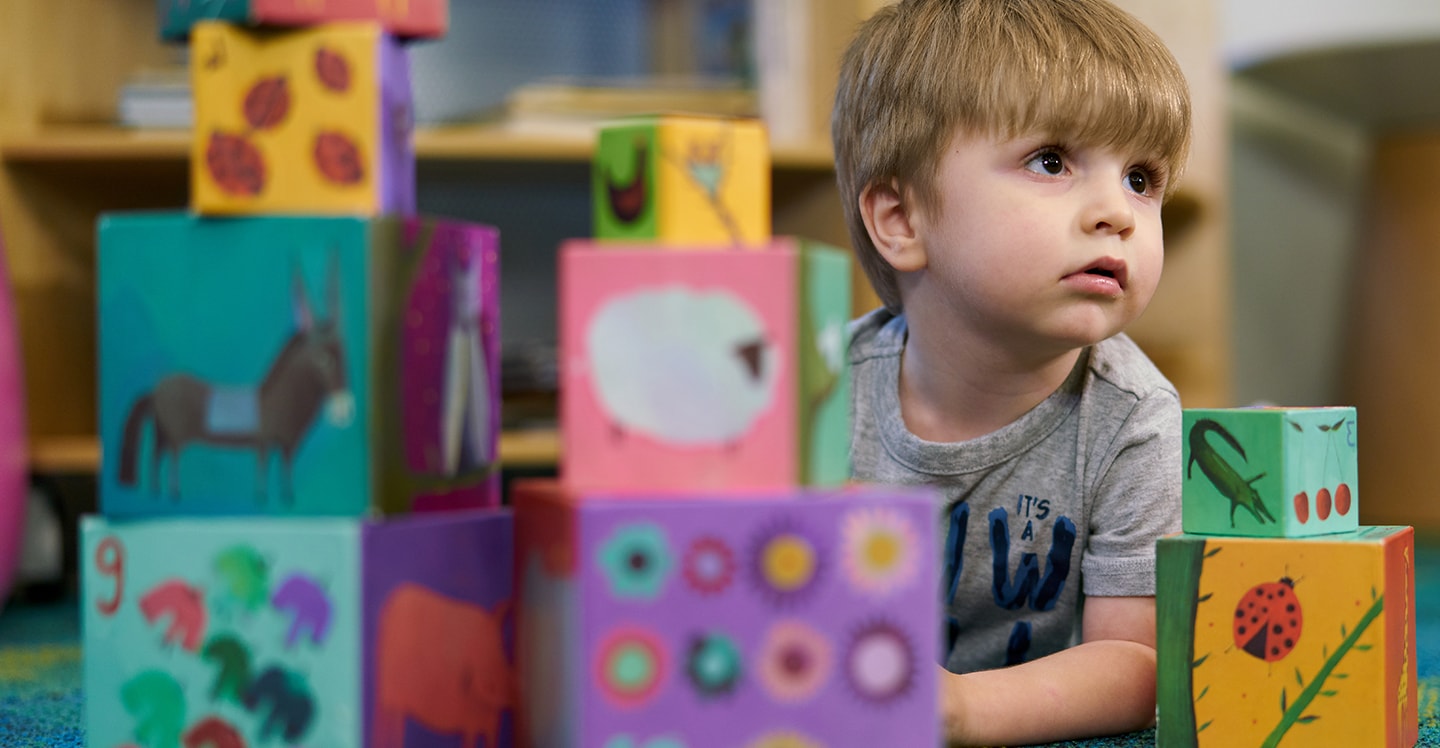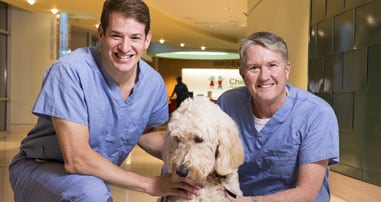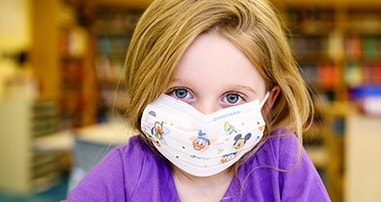Arthrogryposis is a rare condition present at birth that causes contracture (permanent stiffening) of a joint. Muscles and joints affected by arthrogryposis do not develop normally and are stiff and inflexible. Affected joints are often in the arms and legs, but this condition can also happen in the skull, facial bones or spine. When only some of the joints of the arm or leg are involved, especially the hands and feet, this type is called distal arthrogryposis. There are currently more than 300 known genetic abnormalities associated with arthrogryposis.
If you or your child’s pediatrician is worried your child has a form of arthrogryposis, the experts at Children’s Healthcare of Atlanta can help. Our leading clinicians provide specialized, tailored and comprehensive care for patients who have arthrogryposis.
Common signs of arthrogryposis include:
- Two or more joints that are limited in motion
- Loss of the skin creases over the joints, especially the knees, elbows and fingers
- Difficulty moving joints
- Bones above or below the affected joints that appear curved or bowed
- Delayed motor movement
What causes arthrogryposis?
The true cause of arthrogryposis is unknown, especially since it’s associated with so many different genetic mutations. It is thought that some types of arthrogryposis may be caused by reduced fetal movement in the womb. What are the types of arthrogryposis?
What are the types of arthrogryposis?
Arthrogryposis multiplex congenita (AMC), also called amyoplasia, is the most common type of arthrogryposis. It describes a condition in which there are multiple contractures affecting the upper and lower limbs in fairly characteristic patterns.
Signs of AMC include the following:
- Muscles are less developed.
- Joints are stiff on many parts of the body, both in the arms and legs.
- The back and the jaw might also be affected.
- There might be muscle weakness.
AMC is non-progressive, which means more of the body’s joints won’t develop arthrogryposis, but the existing contractures can worsen over time, especially without treatment. There are a number of potential causes of arthrogryposis multiplex congenita, which tend to be grouped into three categories.
Distal arthrogryposis describes several distinct congenital syndromes that are related by the commonality of congenital contractures affecting the hands and/or feet. This type of arthrogryposis sometimes runs in families and is associated with facial differences.
With syndromic arthrogryposis, there are a multitude of congenital syndromes and neurological conditions of which multiple joint contractures are a part. It affects muscles and joints similar to other types of arthrogryposis and sometimes affects vital organs as well, leading to breathing and speech challenges. Parents may also experience challenges with feeding infants.
If you suspect your child has a type or arthrogryposis, you should take him to a specialist as soon as possible. At Children’s, our providers use several types of tests and a physical exam to determine whether your child has arthrogryposis.
These tests may include:
- CT scan
- Electromyogram and nerve conduction velocity (EMG/NCV)
- Genetic testing
- MRI
- Muscle biopsy
- Ultrasound
- Range-of-motion testing
- Muscle testing
Diagnosis of arthrogryposis during pregnancy
Sometimes, arthrogryposis will be detected during a regular prenatal ultrasound. If this is the case, we offer prenatal consultation appointments with mothers. We recommend scheduling an appointment as soon as possible. Early intervention and treatment can mean a more positive outcome for your baby.
Treating arthrogryposis often requires a collaborative effort among several specialties. The main goal is to get muscles and joints moving more normally. Physical therapy and occupational therapy are critical to gaining range of motion. Splinting and casting may be used by physical and occupational therapists to help stretch joints and align bones.
Nonsurgical treatments may include:
- Occupational therapy
- Physical therapy
- Speech therapy
- Assistive technology
- Orthotics
- Prosthetics
Sometimes, surgery may be recommended to help with movement if physical therapy has not improved function enough. Our team helps assess each patient to determine if surgery can help with function.
Common surgical treatments of arthrogryposis are:
- Joint procedures
- Joint releases to loosen stiff joints that therapy cannot
- Open reduction to fix a dislocated or misshapen joint
- Muscle and tendon procedures
- Muscle and tendon lengthening to improve joint releases
- Tenotomy to release tight tendons
- Tendon transfer to create active mobility in a joint that is mobile but weak
- Bone procedures
- Osteotomy to realign bones or joints that are bent or twisted
Our pediatric-trained professionals work together to deliver care to pediatric patients with arthrogryposis. Our team includes:
Contact Us 404-255-1933


